Explore Ratopia: A Rats Kingdom!
Discover the world of rats, where these captivating and social creatures fascinate hearts and minds. Ensure the happiness and longevity of your pet rats by providing a nutritious diet and a suitable environment. Learn about their unique personality, lifestyle, behavior, and joy that they bring!
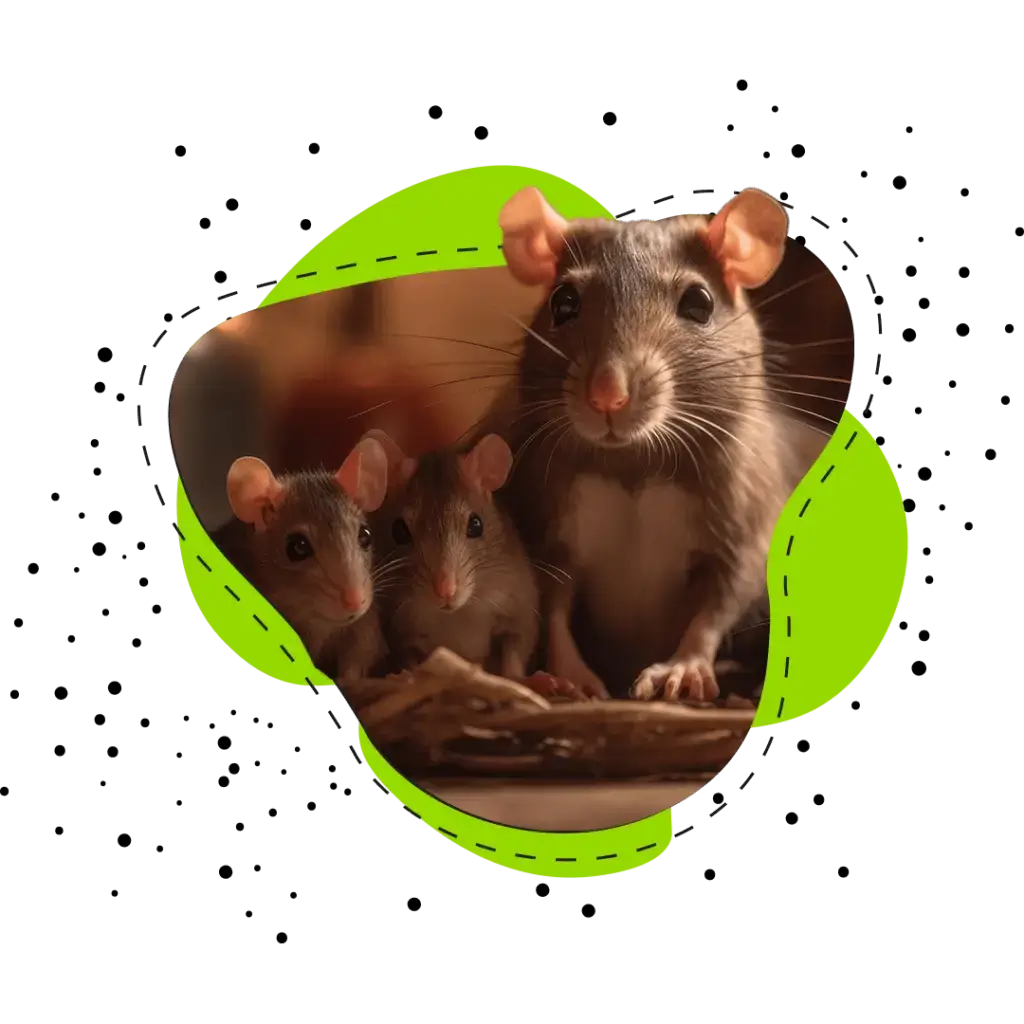
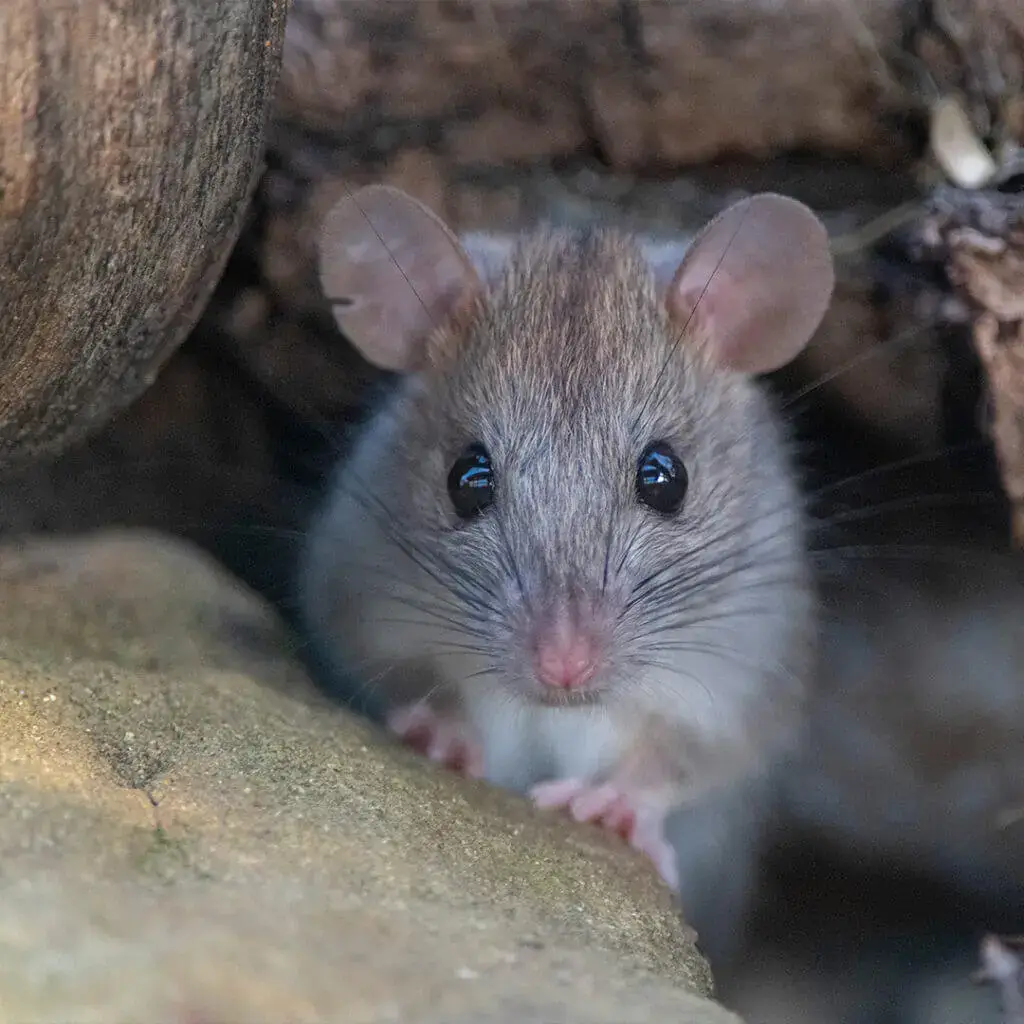
Physical Appearance of Rats!
Rats are the little rodents that have unique and attractive appearance. Because they are pocket-friendly pets and need low maintenance, they are in great demand worldwide. Let’s explore their physical appearance together!
- The body length of these pets can extend up to 10 inches. The tails and bodies of these rats are the exact sizes.
- Their tail is hairless, and their color varies from pink to brown.
- The fur is thick, dense, and coarse, varying from dark grey to brown.
- They are available in different colors and patterns.
- Their uniqueness lies in their large eyes, pointed heads, and thin fur.
Some Common Rat Species
The estimated rat species are 64, but some commonly found species include:
- Black Rat
- Brown Rat
- Enggano Rat
- Philippine Forest Rat
- Polynesian Rat
What is the most preferable Pet Breed to adopt?
Pack Rat:
Characteristics:
Bushy-tailed and recognized for collecting numerous objects.
Habitat:
Desert, grassland, and wooded area habitats in North and Central America.
Considerations:
Requires a spacious enclosure with opportunities for nesting and gathering substances.
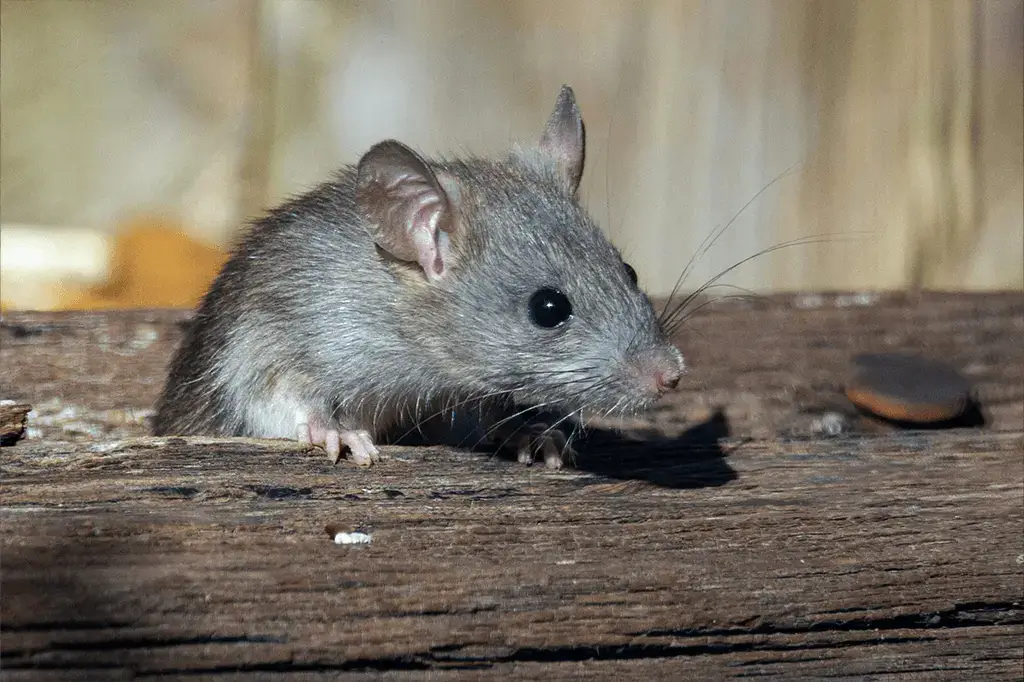

Black Rat:
Characteristics:
Slender body, agile climbers, frequently determined in city areas.
Habitat:
Worldwide distribution commonly visible in human settlements.
Considerations:
Requires secure housing to prevent escape and ordinary social interaction for intellectual stimulation.
Brown Rat:
Characteristics:
Stocky body, social, adaptable.
Habitat:
Found worldwide, in particular in city regions.
Considerations:
A large cage with enrichment activities and regular handling to maintain socialization.
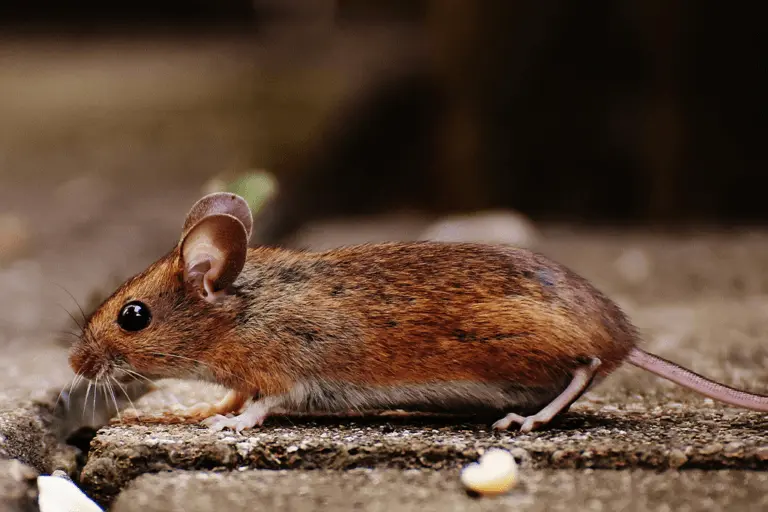
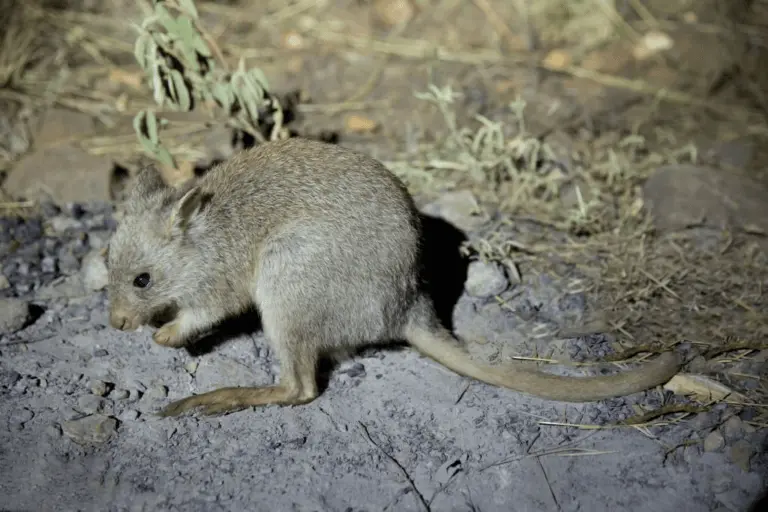
Kangaroo Rat:
Characteristics:
Adapted to desert environments, nocturnal, solitary.
Habitat:
Arid and semi-arid regions of North America.
Considerations:
Specialized care to replicate desert conditions, which includes temperature regulation and a diet rich in seeds and vegetation.
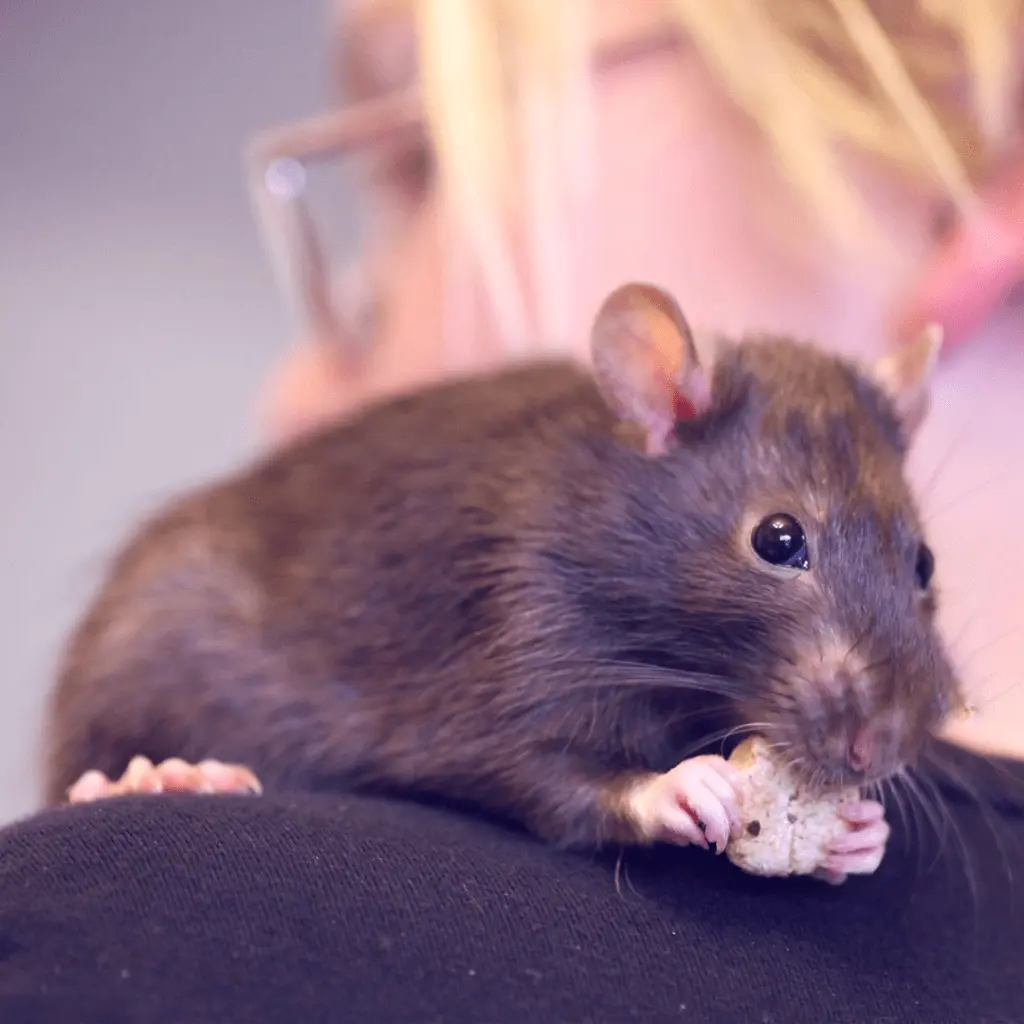
Rats Ideal Habitat
These little creatures mainly lived in forests, which were their native habitat. As they are prolific breeders, therefore, with the increasing population, they started invading human dwellings. The three primary needs of these creatures are:
- Food
- Water
- Shelter
They will invade a place where these three things are available. These rats don’t hibernate, but their instinct is to hide in human dwellings during extreme weather conditions.
Diseases That Rats Carry
These pocket rodents are sensitive pets. Giving them improper diet and food means welcoming different diseases. Therefore, giving them well-balanced food is essential to protect them from diseases. Dental issues and obesity could result from eating sugary and high-fat food. Let’s uncover the diseases that rats carry:
- Leptospirosis
- Hantavirus
- Lymphocytic Choriomeningitis LCMV
- Tularemia
- Salmonella
- Obesity
- Dental Diseases
Articles
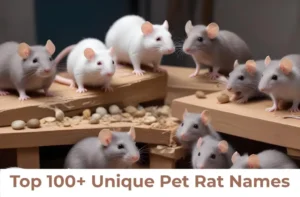
Top 100+ Unique Pet Rat Names
Top 100+ Unique Pet Rat Names Have you got a new pet rat? It means you will need to buy different supplies for your little
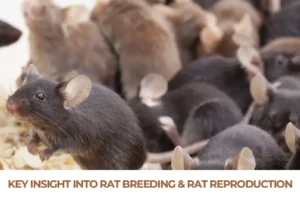
Key Insight Into Rat Breeding and Rat Reproduction
Key Insight Into Rat Breeding and Rat Reproduction Rats are adaptable creatures and easy to breed. They can thrive in almost every environment, whether in
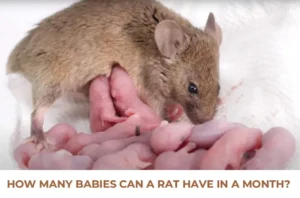
How Many Babies Can A Rat Have In A Month?
How Many Babies Can A Rat Have In A Month? Rats are prolific breeders, producing 6-12 babies in one litter monthly. Because their gestation period

How To Get Rid Of Rats?
How To Get Rid Of Rats? Are you willing to get rid of rats in the attic? Rats are unwanted visitors and are considered invaders.
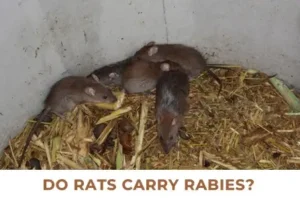
Do Rats Carry Rabies?
Do Rats Carry Rabies? Rats are grimy little rodents found globally. They can transmit fatal diseases to humans and animals because they are prone to
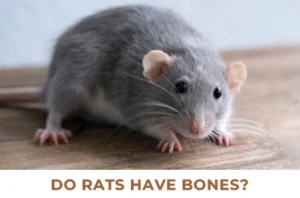
Do Rats Have Bones?
Do Rats Have Bones? Most people have asked if these little creatures have bones. They believe these rats’ skeletons are collapsible because they can fit

